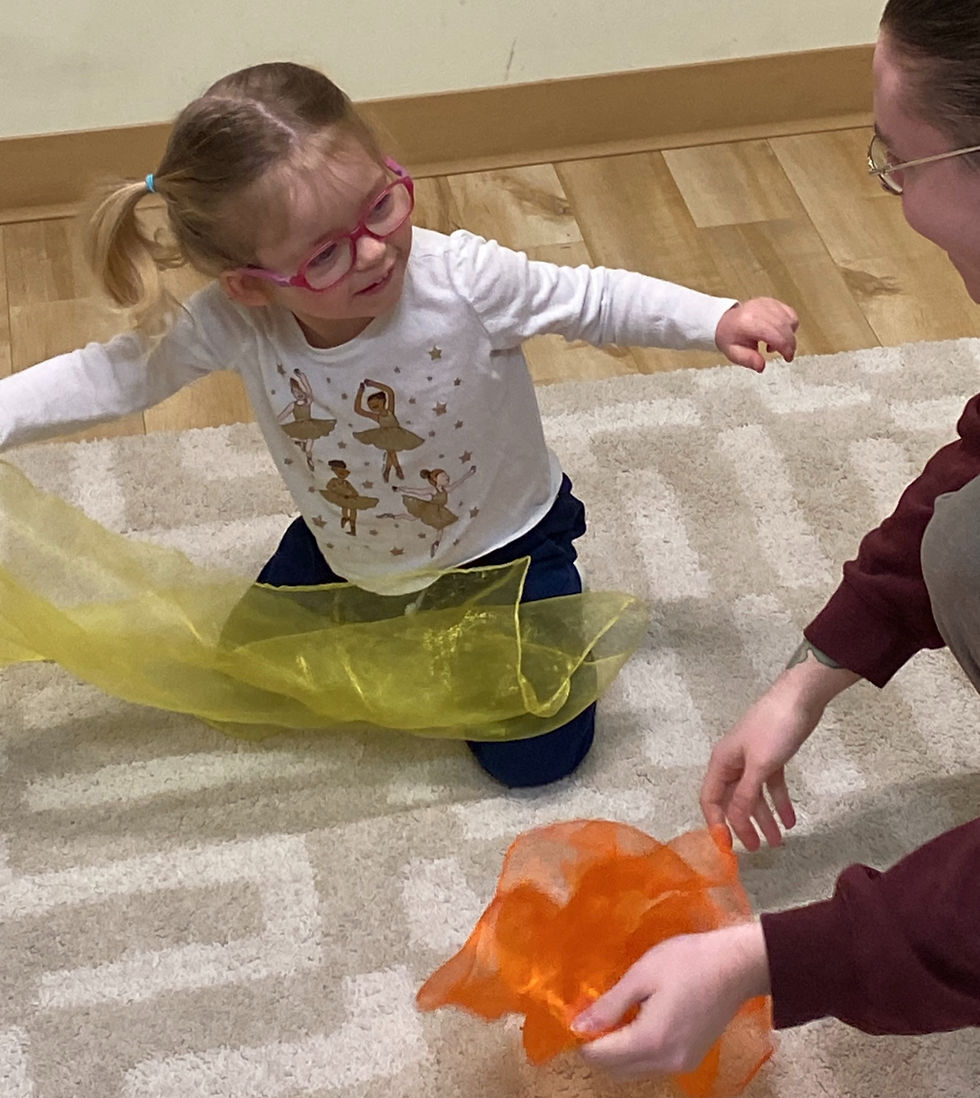#21 8 Reasons Why a Metronome is Your Best Friend When Practicing
- Christy | the Practice Pro

- Jan 21, 2021
- 3 min read
Updated: Jul 12, 2023

By Christy | The Practicing Pro
My daughter had a teacher when she was young who would make a big ceremony of using the metronome for the first time. She would ask you to bring it to your lesson where she would admire it and then ask you what its name was. When the child replied “it doesn’t have one” or laughed at giving it a name, the teacher would make a drawn-out explanation about how important their metronome was, how it was their DEAR friend and it would always be there for them to help them practice better when the teacher wasn’t there.
“What’s your friend metronome’s name?
Ms. Anne Crosby Gaudet @musicdiscoveriesca has a special metronome friend named “Tim-ka”

One of the best ways to practice is by using a metronome.
It makes a click, click, click, to a steady beat at a speed that you choose. The speed of the beats is called the BPM or beats per minute. So 60 BPM is 60 beats per minute or one-click each second. 120 BPM would be twice as many, with two beats every second.

8 reasons why a metronome is your best friend when practicing
A metronome is like having a teacher IN your practices.
The metronome keeps a steady beat so if you slow down in a certain part because it is more difficult, you can know right away that it needs to be reviewed.
When you are still learning a song you can set the metronome at a certain tempo to play through it. If you are making mistakes then it means you need to slow it down until you can play it through with NO mistakes.
Using a metronome to be able to play faster - you can set it at a slow tempo and then every few days move it up one notch. You won’t even realize it but over time your speed will slowly increase.
Many teachers use metronomes to learn to slow down or speed up vibrato isolations.
It can help you to practice your exercises and scales more carefully instead of rushing through them
It helps you to play with other people. It's like practicing with another person and you learn to listen to both to yourself and to the metronome so that you can stay together. You can't miss a count or cut a long note short with a metronome.
Composers use metronomes to communicate with musicians about how fast they would like something to be played - they also use words (see the chart below of words to describe tempos and their approximate metronome markings)
Next time I’ll tell you about Different Metronomes, which is my favorite and why!

Give your metronome a name and take a picture with it! I would love it if you would send me your photo! It always makes me so happy to see how hard you're working!
Check out my Free PDF download Checklist for a Successful Music Practice for teachers and practicing parents.
Your easy checklist for successful home music practices from Christy, the practicing pro. Whether you are a new or seasoned practice parent or music teacher, this checklist will help you organize before, during, and after practices for effective and fun practices.
INVITATION from Christy Hodder:
Speaking of amazing practices, let me tell you all about the digital course, the Practicing Pro Academy. This is for the serious practicing parents and music teachers and is an at-your-own-pace, step-by-step, online course to bring you more effective, positive, and fun home music practices. Registrants receive a special package in the mail from me, and I am with you in person with Q&As to answer all your questions.
Learn more about PPA and join the waitlist HERE for the next Practicing Pro Academy course. It's only offered once a year so you don't want to miss it. The registration will only open for a few weeks and I'll let everyone on the waitlist know immediately so that you can grab one of the spots.
LIKE, FOLLOW, and SHARE on Instagram and/or Facebook to be inspired and join the positive practicing music community.
Facebook: Practicing Pro
Instagram: @practicingpro




Comments